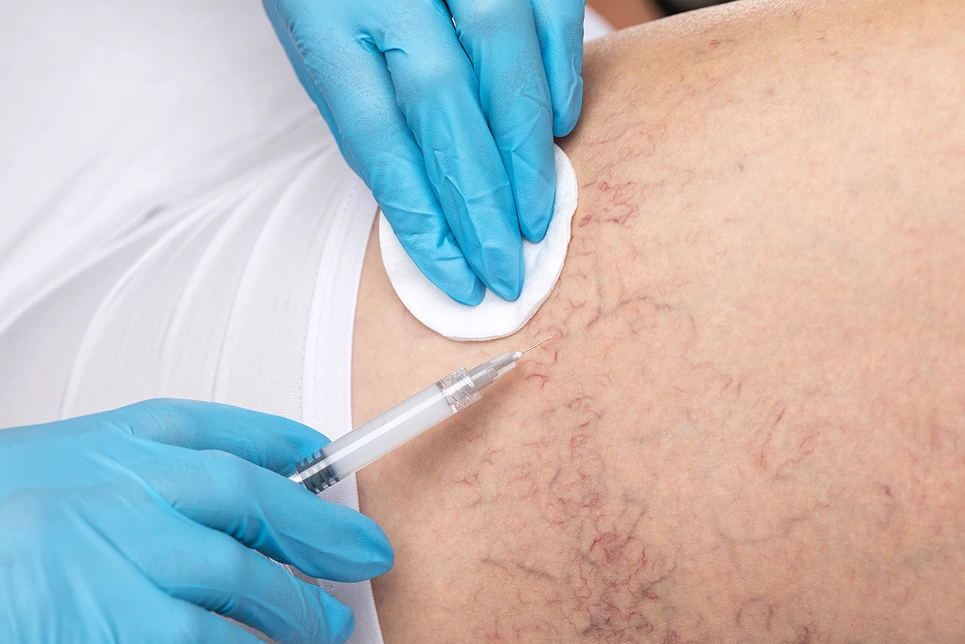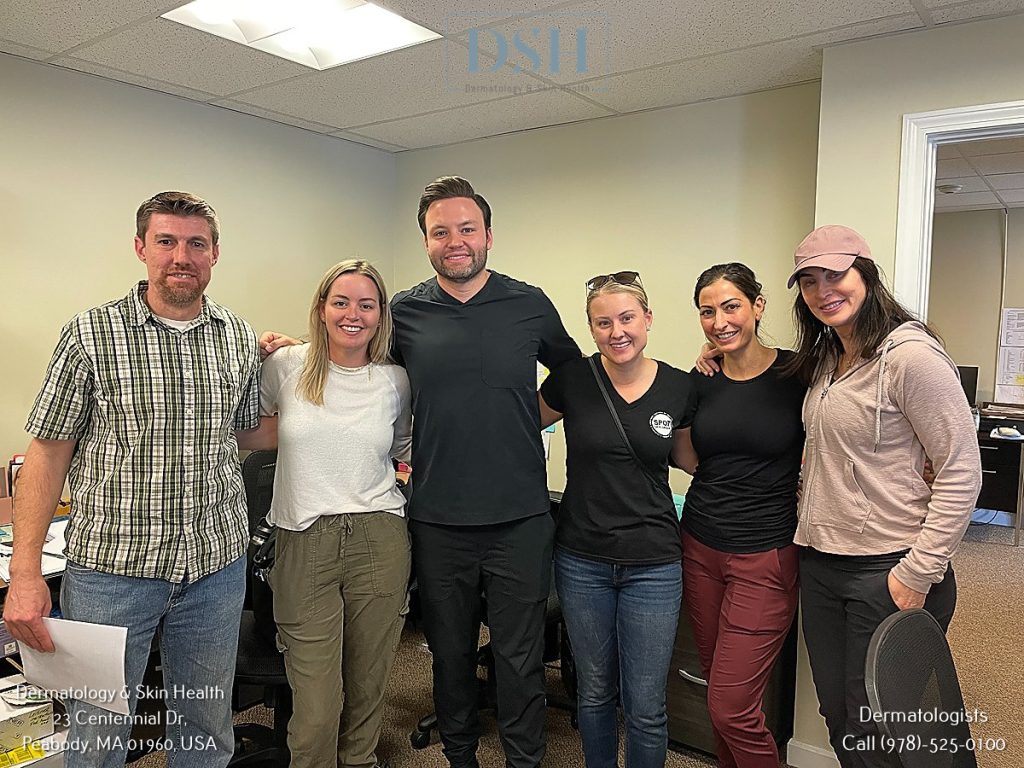


You should stop taking warfarin at least five days before your Mohs surgery. This timeframe helps reduce the risk of excessive bleeding during the procedure, which is crucial for a smooth recovery.
It's important to coordinate with your healthcare provider to determine the best plan tailored to your specific situation. They'll discuss potential adjustments and provide the guidance you need.
Assessing spider veins is crucial for determining the best treatment approach. You might wonder how to evaluate the extent and location of these pesky veins. Start by examining your legs and noting any visible spider veins.
Key Points to Remember:

Having undergone previous vein treatments can significantly influence your micro sclerotherapy plan. It's essential to understand how your treatment history may impact your current options.
When you've had vein procedures before, your veins and surrounding tissues may respond differently to micro sclerotherapy. Your provider will want to know:
Every situation is unique! Your healthcare professional will assess your specific condition, looking for:
Don't hesitate to ask questions! Discuss any concerns about your previous vein treatments with your provider. Understanding how past experiences shape your current plan can help you feel more confident moving forward.
Choosing a Specialist or Clinic: What to Consider for Your Spider Vein Treatment
When it comes to spider vein treatment, choosing the right specialist or clinic is crucial for achieving the best results. You want someone who understands your needs and can provide tailored care. So, what should you look for?
Qualifications and Experience:
Treatment Options:
3. Patient Reviews:
4. Communication:
5. Follow-Up Care:

Understanding whether insurance covers micro sclerotherapy can significantly impact your decision-making process after you've considered costs. Many patients wonder if their insurance will help ease the financial burden of this treatment.
Insurance coverage for micro sclerotherapy often depends on various factors, such as your specific plan and the medical necessity of the procedure.
Some insurers may view it as a cosmetic treatment, while others recognize its importance for conditions like spider veins or varicose veins.
It's crucial to review your insurance policy or contact your provider directly.
Ask questions like:
In some cases, you might need pre-authorization for coverage. This means your doctor will need to submit paperwork justifying the procedure.
How Many Sessions of Micro Sclerotherapy Will You Need?
Many people are curious about how many sessions of micro sclerotherapy they might need to achieve optimal results. The number of sessions can vary based on several factors, including the severity of your condition and your body's response to treatment.
Here's a breakdown to help you understand what to expect:
It's essential to have an open conversation with your healthcare provider about your expectations and treatment plan. They'll guide you on the best course of action tailored specifically for you.

When considering spider vein treatments, it's important to factor in the consultation fees you might encounter. These fees can vary widely based on your location, the provider's expertise, and the specific treatments discussed.
Typically, you can expect the initial consultation fee to range from $100 to $250. During this appointment, the specialist will assess your condition and discuss the best treatment options tailored to your needs.
While it may seem like a lot upfront, investing in expert consultation can lead to effective, long-lasting results. Plus, many providers offer financing options to ease your financial burden.
Medical conditions and allergies can significantly impact your treatment plan, especially when it comes to anticoagulants like warfarin. Understanding your unique health situation is crucial. Here are some factors to consider:
It's essential to communicate openly with your healthcare provider about any medical conditions and allergies you have.
They'll help tailor your anticoagulation strategy to ensure your safety and the success of the Mohs procedure.
Remember, everyone's situation is different, and your treatment should reflect that.
Navigating the costs associated with micro sclerotherapy can feel overwhelming, especially if you've recently dealt with other medical expenses, such as those related to managing anticoagulants like warfarin. Understanding your payment options can make the process easier.
When considering micro sclerotherapy, you typically have two payment paths: upfront costs or payment plans. Here's a quick breakdown:
| Payment Option | Pros | Cons |
| Upfront Costs | - Simplicity- No future payments | - Larger one-time expense |
| Payment Plans | - Manageable monthly payments- Lower immediate financial burden | - Interest may apply- Longer commitment |
So, which option suits you best? If you're comfortable paying upfront, you might avoid extra fees. However, if cash flow is tight, a payment plan could alleviate financial stress, letting you focus on your treatment instead of your budget.

After undergoing micro sclerotherapy, you mightn't just have to consider the initial treatment costs but also post-treatment care expenses.
It's essential to be prepared for these additional costs to avoid surprises down the line.
Here are a few expenses you might encounter:
Potential Additional Treatments: Sometimes, further procedures may be necessary if complications arise or if you're seeking touch-ups.
Follow-up Appointments: Regular check-ups ensure your recovery is on track. These visits can vary in cost depending on your provider.
Medication: You may need prescriptions to manage discomfort or prevent complications, so factor these into your budget.
Dressings and Supplies: If you require bandages or other care supplies, these can add up quickly.
If your desired appointment type or preferred provider is unavailable online, kindly call (978) 525-0100 for Peabody, MA and (603) 742-5556 for all New Hampshire locations. Alternatively please feel free to send us your request via the patient portal, or via email at info@dermskinhealth.com
*For medical dermatology appointments in MA please dial (978) 525-0100 or fill out the appointment request form above.